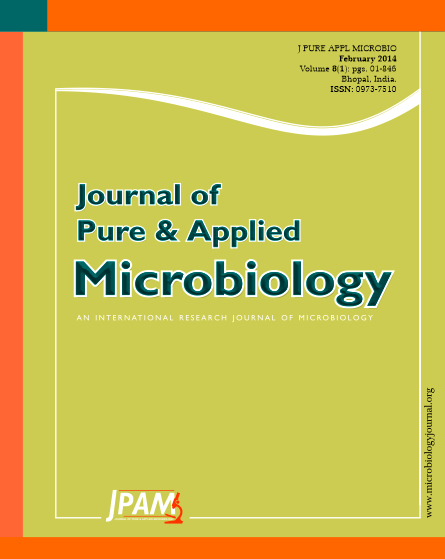454-pyrosequencing technology was employed to investigate the changes in bacterial community composition of three different sewage outfalls along the Ningbo coastline as well as to identify shifts in the composition of communities sampled during different months from the same outfalls. A total of 125,746 16S rRNA gene sequences were obtained from 12 samples. The composition of bacterial assemblages was different in the outfalls examined,Across the 12 samples analyzed (3 sites sampled in 4 separate months), the most predominant phylum was Proteobacteria, followed by Bacteroidetes, Acidobacteria and Firmicutes. While Proteobacteria was the predominant phylum in the 12 samples, variation in the classes of Proteobacteria comprising each assemblage were evident. a-Proteobacteria accounted for about 10% of all Proteobacteria found and exceeded 50% of the total proteobacterial sequences in several samples. Likewise, a-Proteobacteria comprised less than 30% of the total proteobacterial sequences in most samples, but exceeded 80 of the total in several samples. These results suggest that the composition of microbial communities shift in response to seasonal and spatial gradients, which likely reflects variation in the physical and chemical characteristics of the sewage.
Industrial drain outlet, waste water, 454 pyrosequencing, Microbial community structure.
© The Author(s) 2014. Open Access. This article is distributed under the terms of the Creative Commons Attribution 4.0 International License which permits unrestricted use, sharing, distribution, and reproduction in any medium, provided you give appropriate credit to the original author(s) and the source, provide a link to the Creative Commons license, and indicate if changes were made.


